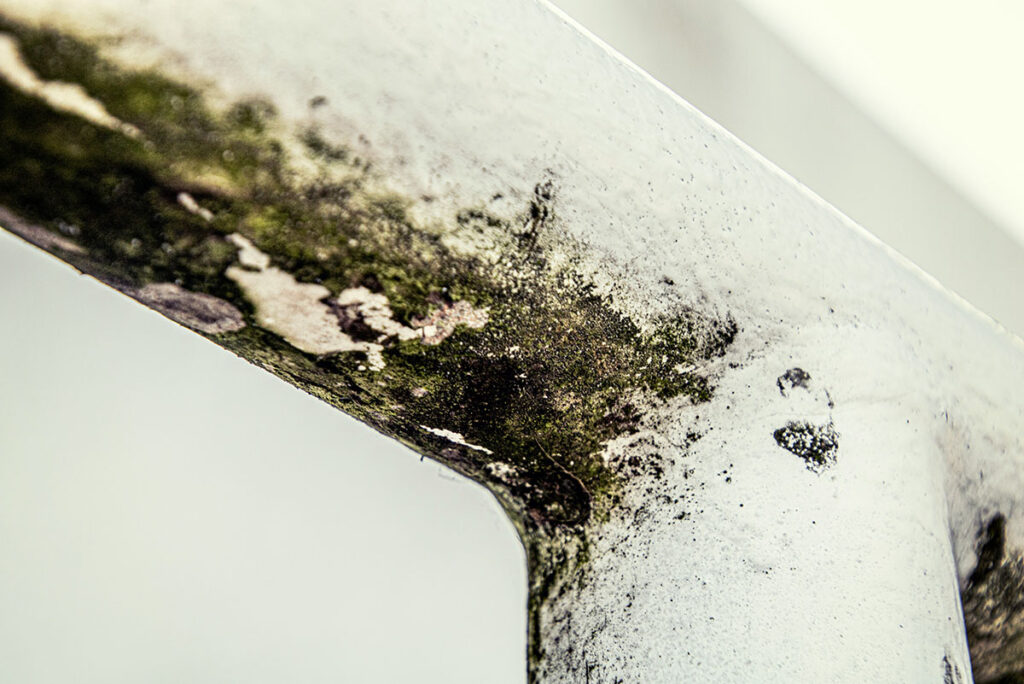EPA TO-10A Indoor Air VOC Testing by Sorbent Tube/GC-MS
The Environmental Protection Agency (EPA) Test Method 10A is one of the most widely recognized and trusted methods for detecting volatile organic compounds (VOCs) in indoor air. This method employs sorbent tubes followed by gas chromatography-mass spectrometry (GC-MS) analysis to achieve precise quantification of VOCs present at trace levels.
Indoor environments can be complex, with numerous sources contributing to the presence of VOCs such as building materials, cleaning agents, and personal care products. The EPA TO-10A method is designed to address these challenges by providing a robust framework for collecting, transporting, and analyzing air samples. This ensures accurate measurement of volatile organic compounds that could potentially impact human health.
The process begins with the collection of indoor air samples using sorbent tubes. These tubes are filled with an adsorbent material capable of capturing VOCs from ambient air. After sampling is complete, the tubes undergo rigorous analysis via GC-MS to identify and quantify specific compounds. The selection of appropriate GC columns plays a crucial role in optimizing the separation process, enabling accurate detection even for closely related compounds.
The EPA TO-10A method follows strict protocols outlined by the United States Environmental Protection Agency to ensure consistent results across different laboratories. This includes detailed guidelines on sample preparation, instrument calibration, and data interpretation. By adhering to these standards, we guarantee reliable and reproducible VOC measurements that are essential for maintaining indoor air quality.
Our team of experts ensures compliance with EPA TO-10A through meticulous attention to detail during every step of the process—from field sampling to final analysis. With years of experience in environmental testing, our laboratory provides accurate, actionable insights into your building's VOC profile. Understanding these compounds is key to identifying potential sources of contamination and implementing effective mitigation strategies.
For quality managers, compliance officers, R&D engineers, and procurement professionals, EPA TO-10A Indoor Air VOC Testing by Sorbent Tube/GC-MS offers invaluable data on indoor air quality. This information can inform decisions regarding building maintenance, material selection, and operational practices aimed at improving overall health outcomes.
Scope and Methodology
| Step | Description |
|---|---|
| Sampling | Air samples are collected using sorbent tubes placed in strategic locations within the building. These tubes capture volatile organic compounds present in the air. |
| Transportation and Storage | Captured samples must be stored properly to prevent degradation or contamination until they reach the laboratory for analysis. |
| Sorption Analysis | The sorbent tubes are thermally desorbed, releasing captured VOCs into a gas stream that is then introduced into the GC-MS instrument. |
| Data Collection and Interpretation | Mass spectra from the GC-MS provide detailed information about individual compounds present in the sample. Analysts interpret these data to determine concentrations of target VOCs. |
The EPA TO-10A method is particularly suited for detecting a wide range of volatile organic compounds commonly found indoors, including formaldehyde, benzene, toluene, ethylbenzene, and xylenes. By providing precise measurements of these pollutants, this testing approach helps ensure that indoor air meets regulatory standards set forth by the EPA.
Quality and Reliability Assurance
To maintain high levels of accuracy and consistency in our testing services, we employ stringent quality control measures throughout each stage of the process. Our laboratories are equipped with state-of-the-art instruments calibrated according to industry best practices. Regular audits and proficiency testing further ensure that our results meet or exceed expected standards.
Our dedicated staff undergo continuous training to stay current with advancements in analytical techniques and methodologies. This commitment to excellence allows us to deliver reliable, actionable data on indoor air quality. Whether you're conducting routine monitoring or investigating specific concerns, trust our lab to provide the insights needed for informed decision-making.
Use Cases and Application Examples
EPA TO-10A Indoor Air VOC Testing by Sorbent Tube/GC-MS finds application in various sectors, including commercial real estate, healthcare facilities, educational institutions, and industrial environments. Here are some practical examples:
- Commercial Real Estate: Monitoring post-renovation or construction phases to ensure compliance with indoor air quality guidelines.
- Healthcare Facilities: Assessing the impact of cleaning products on patient well-being by identifying potential allergens and irritants.
- Educational Institutions: Evaluating classroom environments for their contribution to student health and performance.
- Industrial Settings: Investigating suspected sources of VOC emissions contributing to occupational exposure risks.
In each case, the data derived from EPA TO-10A testing provides critical information necessary for addressing identified issues promptly. Our team works closely with clients to interpret results and recommend appropriate remediation actions based on findings.





